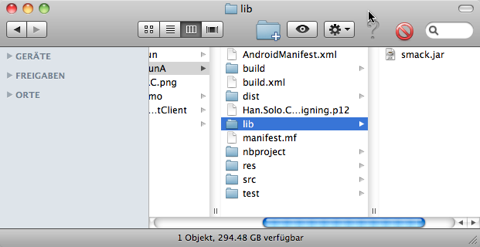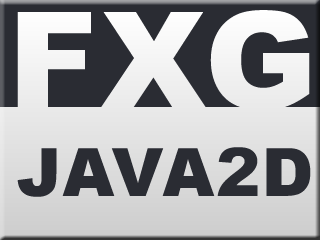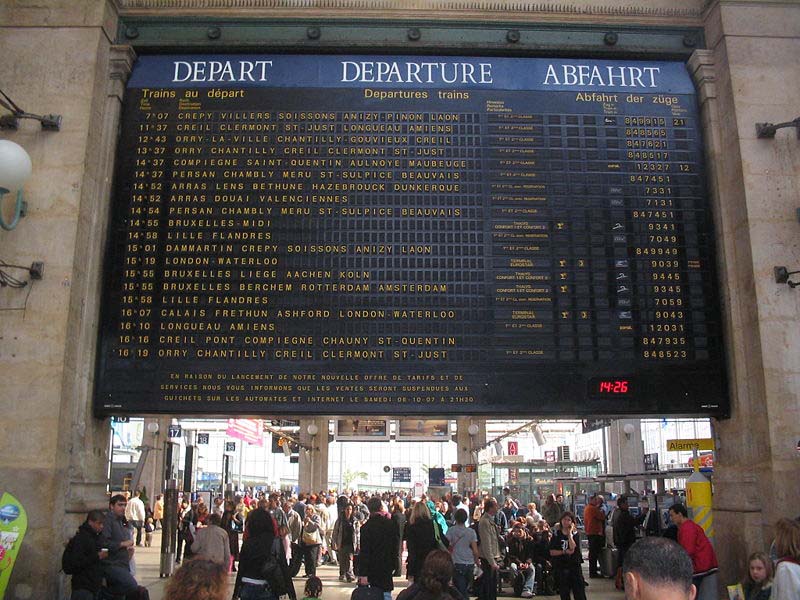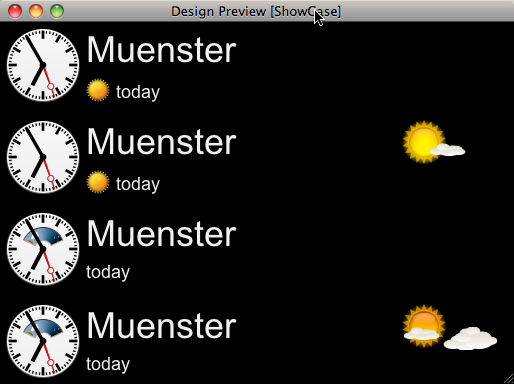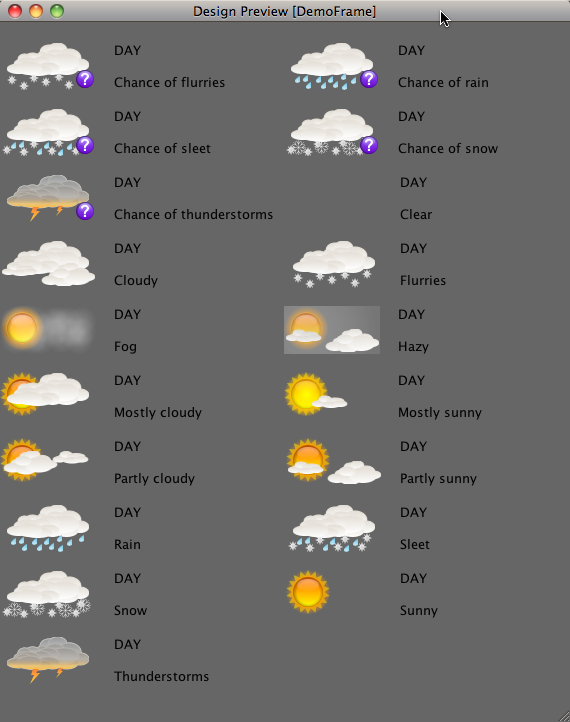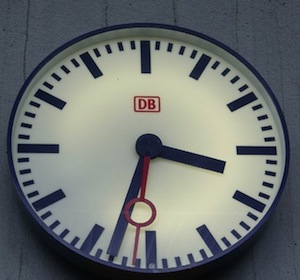Am 12. Juni ist es soweit…ich werde bei mir zu Hause den inoffiziellen JUG SummerEvent veranstalten…
Dabei geht es im wesentlichen darum sich zu treffen, ein paar Bierchen zusammen zu trinken, etwas auf den Grill zu schmeissen und natürlich auch ein wenig Java zu coden (natürlich nur wer Lust dazu hat). Desweiteren steht ein Tischkicker, evtl. eine Carrerabahn (muß ich erst aufbauen) und ein Trampolin zur Verfügung für diejenigen von Euch, welche sich sportlich betätigen möchten.
Da wir bei uns zu Hause natürlich keinen geeigneten Raum haben um Vorträge zu präsentieren, würde es sich ja anbieten diesen Event für sog. Lightning Talks zu nutzen. Dabei kann jeder der Interesse hat ja etwas vorbereiten, was er den anderen in max. 10 Minuten zeigen möchte.
Ihr könnt Euch auch hier bei Xing als Teilnehmer eintragen falls Ihr mögt…
Zur Veranstaltung:
Wer: jeder der Lust und Zeit hat sich ein wenig auszutauschen
Wo: Bei mir zu Hause (Westfalenstrasse 93, 48165 Münster GoogleMaps)
Wann: ab 11 Uhr könnt Ihr bei mir eintrudeln, Ende offen
Mitzubringen sind:
– Grillfleisch
– Notebook (falls benötigt)
– wenn mögich Salate und Brot
Getränke, Grill etc. sponsor ich…



